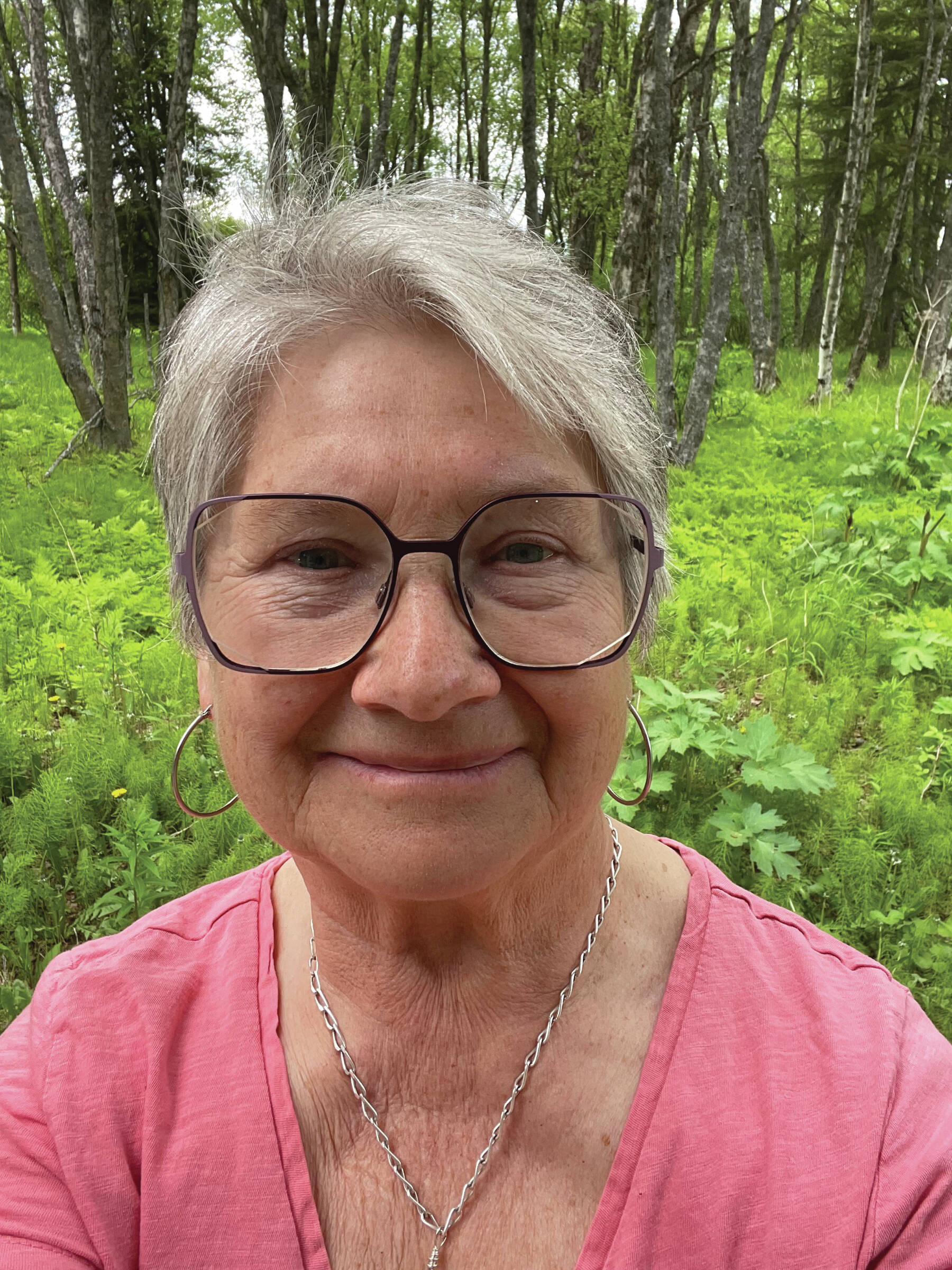Before new neighbors move in, it’s good to know who they are.
Are they the kind who will maintain safe and clean surroundings or one that poses a danger to you, your family, your property values? Are they quiet or are they known for producing ear-splitting noise? Are they responsible enough that if, in the course of daily living, they make a mess, will they have the means to quickly clean it up?
Those are reasonable and essential questions, whether you live in one of Alaska’s cities, a small village, or on a piece of family homestead.
Small wonder, then, that Valdez, city at the southern end of the trans-Alaska pipeline, is appealing Hilcorp’s state-approved $5.6 billion purchase of BP’s Alaska properties without having to publically disclose the company’s financial records. The purchase makes Hilcorp the pipeline’s major owner.
In 1989, Valdez was ground zero when the Exxon Valdez struck Bligh Reef, ripping its hull open and allowing 11 million gallons of Alaska’s North Slope oil to spill into Prince William Sound. It was then — when an immediate response was crucial and with the nightmare spreading across the water, killing untold numbers of wildlife and fouling more than 1,000 miles of Alaska beaches — that it became known Exxon wasn’t capable of the response needed.
That spill should never have happened. But it did. And the consequences these 34 years later are with us still.
Since its founding by Jeff Hildebrand, a former Exxon employee, in 1989, Hilcorp has revived Alaska oil and gas fields larger companies no longer considered profitable. However, the company’s aggressive efforts have caused state regulators to consider Hilcorp a company with a pattern of misbehavior leading to more than 60 enforcement actions.
Example: EPA fined Hilcorp $180,000 for methane leaks and reporting violations in Alaska.
Example: Hilcorp was fined $25,000 after a worker at Milne Point died from being struck by a section of pipe.
Example: When a natural gas pipeline under Cook Inlet began leaking in December 2016, Hilcorp claimed the presence of sea ice made it impossible to safely begin repair operations and that shutting off the flow would only make situations worse. With an estimated spill volume of 210,000 to 310,000 cubic feet per day, it wasn’t until April 2017 that the leak was repaired. Yet, Hilcorp avoided paying fines to both federal and state agencies by agreeing to inspect and repair the leak of that and additional pipelines.
Fines and mere slaps on the hand are seemingly inconsequential costs of doing business for Hilcorp. In 2015, Forbes reported that, because the company had met aggressive five-year goals, each of nearly 1,400 employees received a $100,000 bonus. Not surprisingly, in 2017, People ranked Hilcorp as #14 in the top “companies that care.”
Those costs of doing business for Hilcorp, who also is the largest producer on Cook Inlet, is paid in other ways by people like me who now have Hilcorp as a neighbor, complete with the disturbing sound of drilling, clanging equipment, lights and the roar of occasional flares. My Kenai Peninsula neighbors and I have raised our concerns in letters, phone calls, emails and testimony given to state and borough officials and to Hilcorp, but have yet to have anyone take our concerns seriously.
On 1:30 p.m., June 27, at the Boney Courthouse in Anchorage, the Alaska Supreme Court will hear arguments in Valdez’s appeal. A rally in support of the suit will be held in front of the courthouse beginning at noon. Please show your support by being there.
McKibben Jackinsky is a descendant of one of Ninilchik’s founding families. She is a freelance writer and the author of “Too Close To Home? Living with ‘drill, baby’ on Alaska’s Kenai Peninsula.”

